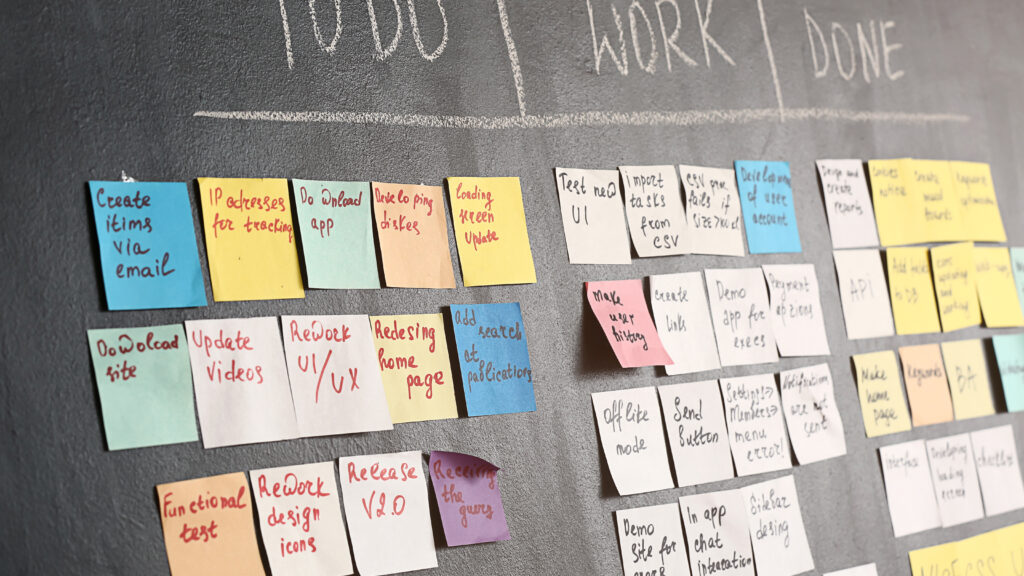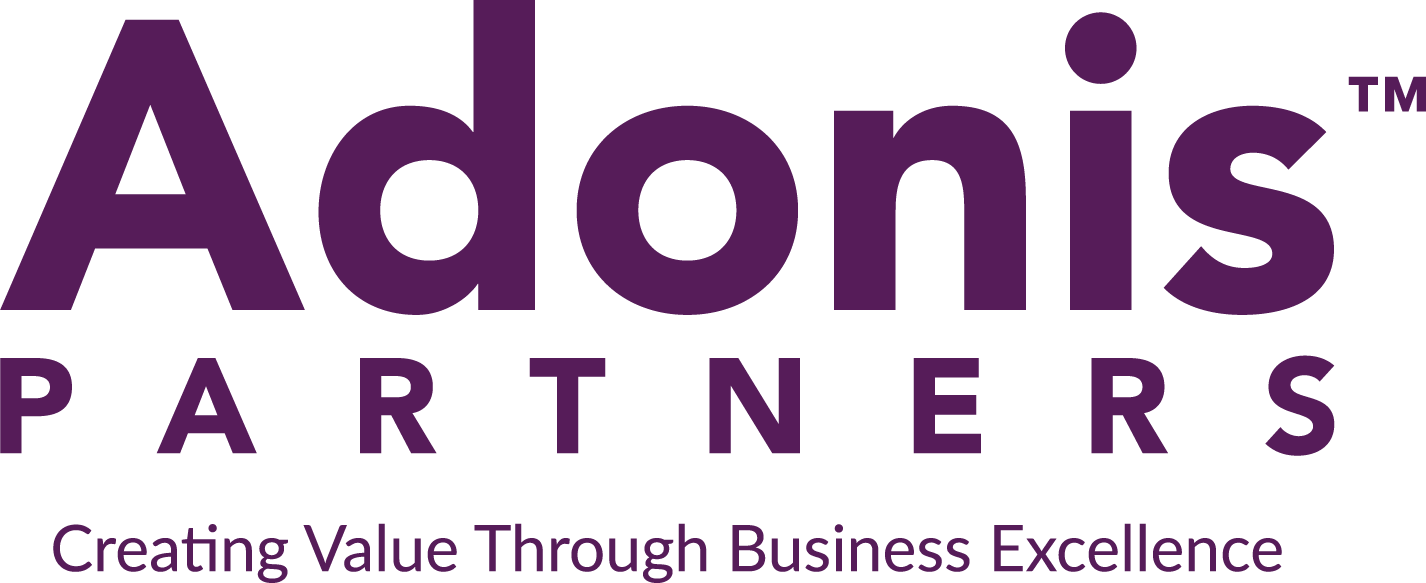
Adapting to Visual Workplaces

Visual workplaces are a growing workflow style that focuses on helping teams to be more transparent with their work efforts. Able to be used by teams with different goals across different industries, this approach empowers teams to communicate more effectively. Let’s take a look at what visual management and a visual workplace can offer.
Defining the Visual Workplace
A visual workplace is a workplace that is designed to create total transparency within an organization. These workplaces are self-explaining, self-ordering, self-regulating, and self-improving. Made to offer visual management tools that convey relevant information about the status of a project, these workplaces make it easy for anyone to get up to speed on a team’s most recent project with nothing more than a glance.
Benefits of a Visual Workplace
Transparency and understanding are the most popular outcomes of a visual workplace. The visual tools make it very easy for anyone to get up to speed, even if they work in a different department or team. For this reason, there are many benefits associated with a visual workplace.
- Enhanced Communication – The first benefit is that visual workplaces increase communication significantly. With everything laid out for everyone to see, it is very easy to make sure that everyone is on the same page.
- Better Understanding Across Teams and Departments – The simplified nature of a visual workplace makes it possible for anyone to understand what a team is working on at any given point in time. For too long, teams and different departments have struggled to understand what other teams and departments do. With a visual workplace, it is easy to see exactly what everyone is working on.
- Status Updates – Beyond simply ensuring that people are on the same page, visual workplaces also allow people to understand the status of a project with one quick look. These tools make it easy to see any issues or problem areas that need to be managed or considered.
Features of a Visual Workplace
Every team will approach their visual workplace using their own preferred systems and tools. However, there are a few common features you should expect with a visual workplace.
- Visual Order – Everything should be clean, secure, and organized. The focus of a visual workplace is visual communication. These systems should always be easy to understand and follow. Organization is key.
- Visual Information Sharing – Information sharing is the ultimate goal of any visual workplace. This goal is met through the use of the senses. Visual workplaces provide visual and audio cues that help everyone stay informed.
- Visual Devices – Visual workplaces use distinct visual devices, like visual management boards, to help them convey their information. There are many ways to achieve this, but each team will use their own preferred tools to share any relevant information and clearly outline their projects.
The Takeaway
A visual workplace is a workplace that supports communication, problem-solving, and a more transparent work environment. With these workplaces, it is easy for everyone to stay informed on the progress of every team within a company. Using these tools, teams can work together more effectively internally and with other teams to meet company goals. A visual workplace is a workplace that is focused on productivity and communication!
Share this article
Related Articles

Life is about relationships and what matters most is Teamwork. No one person is smarter than the whole Team. I’m passionate about improving myself daily to be the best person I can be for those who I have interactions and relationships with. Continuous Improvement is accomplished by Teamwork, making the work area come to life with Visual Management and a strong Discipline to think outside the box and being relentless about Waste Elimination.

